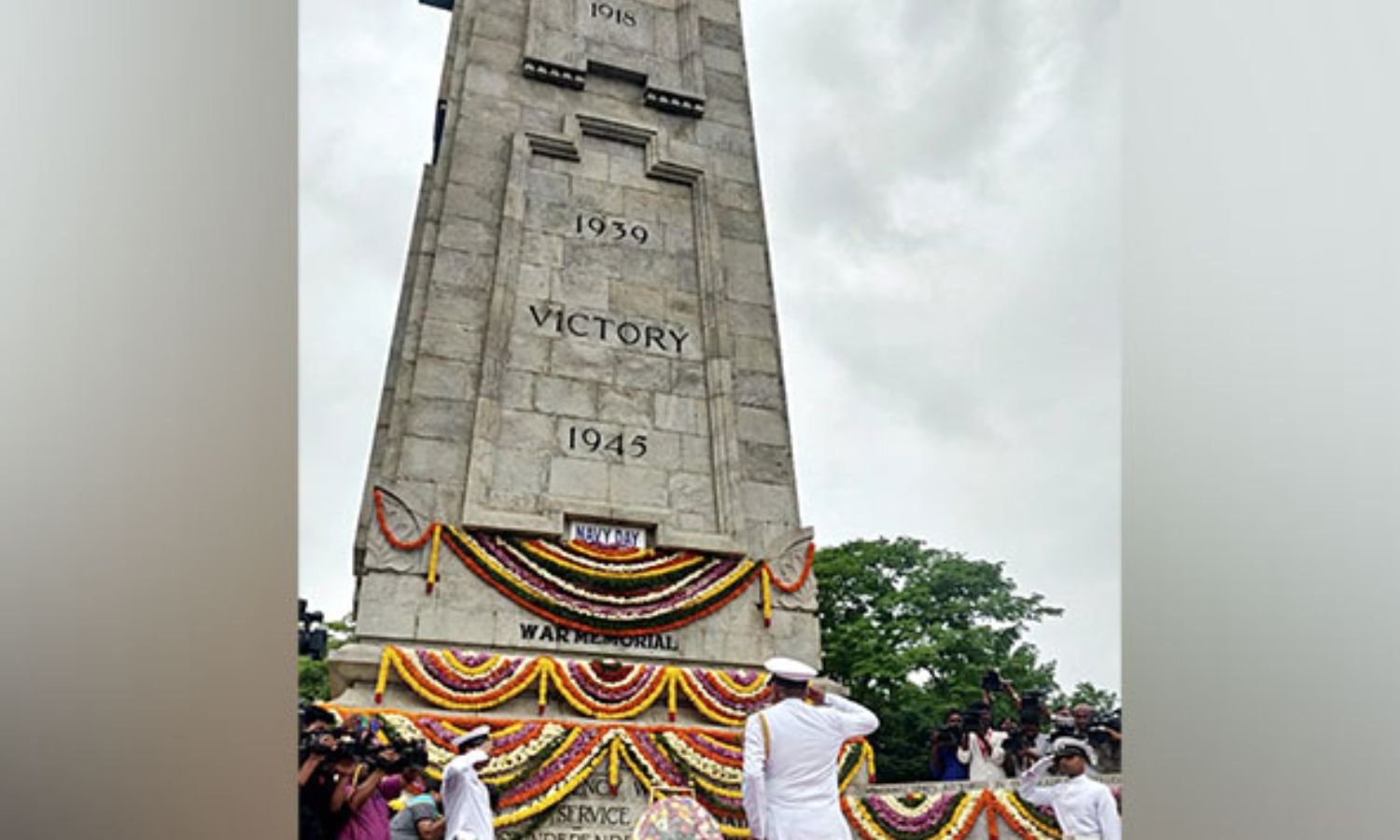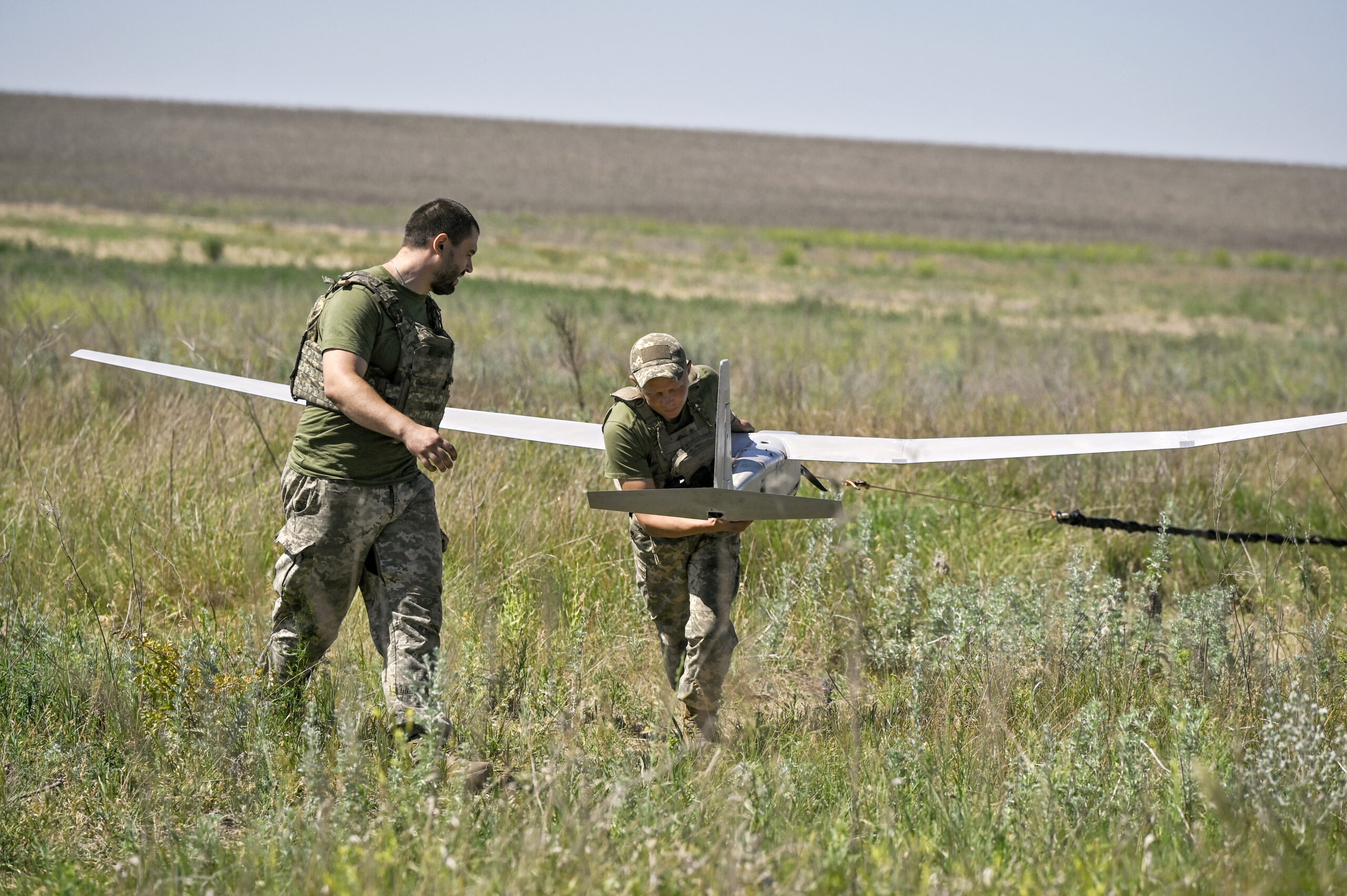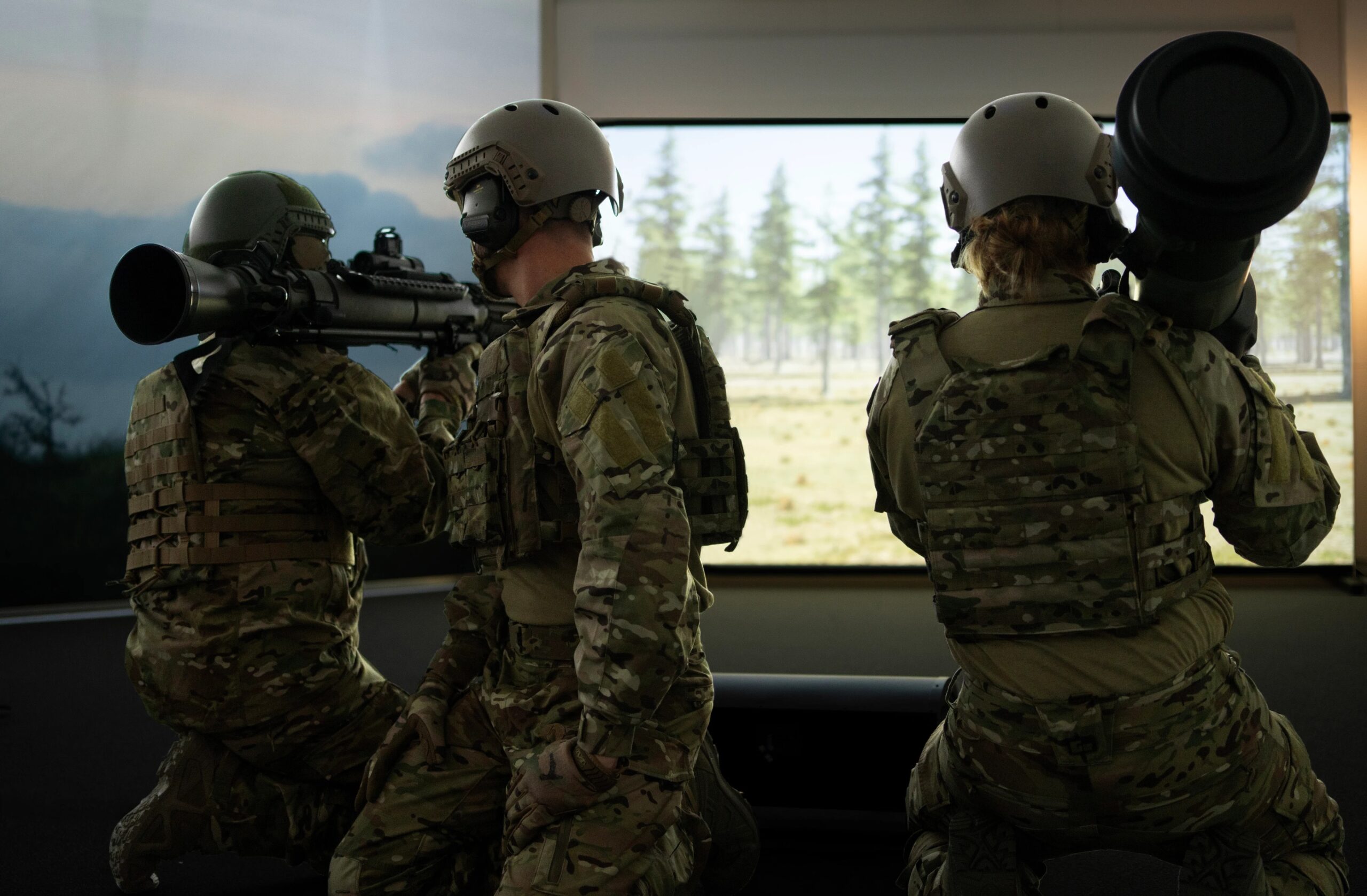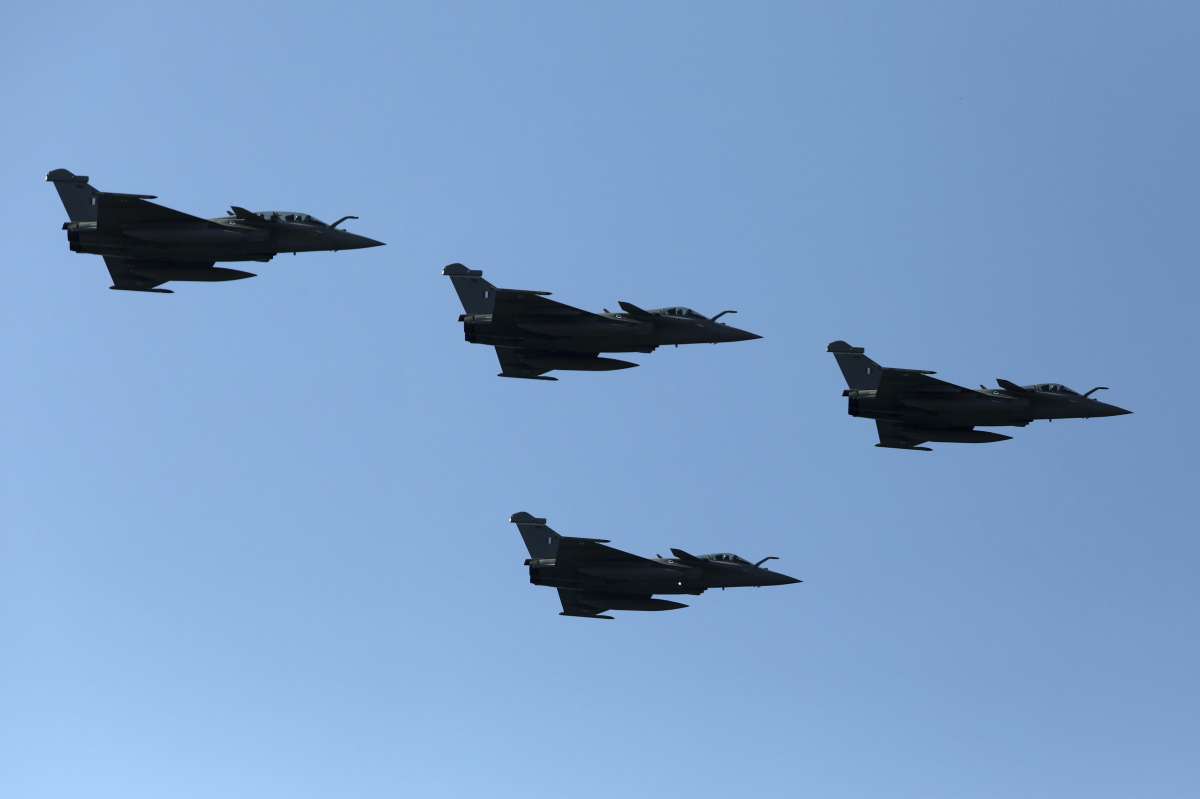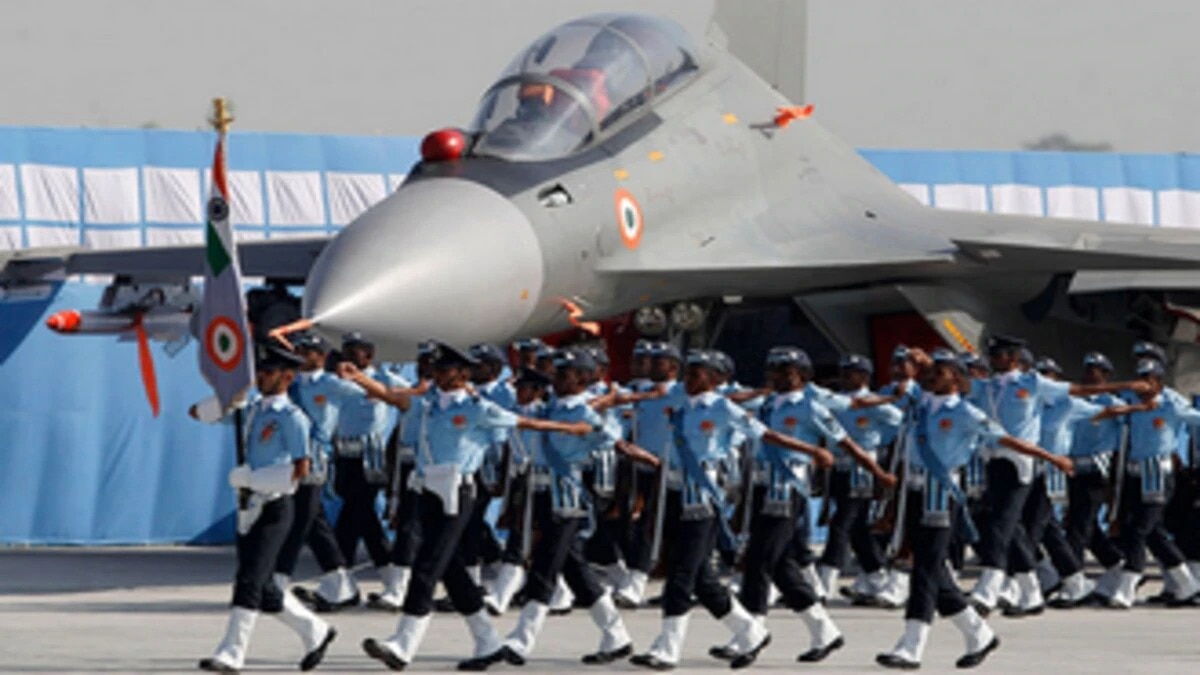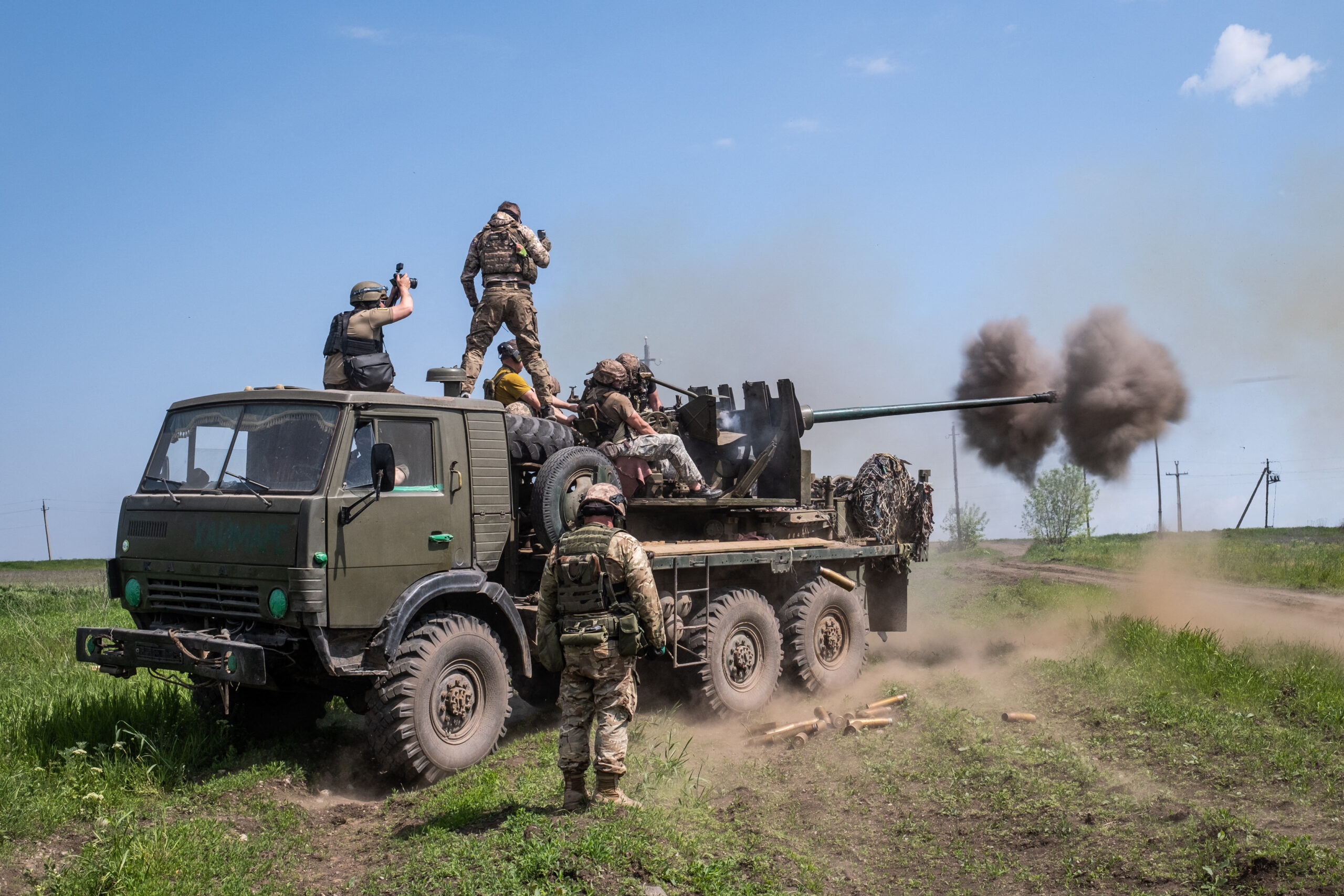Indian Navy Launches ‘Sea Riders Odyssey 2024’ Bike Rally Ahead of Navy Day Celebrations
The Indian Navy is gearing up for its vibrant "Sea Riders Odyssey 2024" bike rally, set to kick off on…
Summa Defence to Establish Drone Production Facility in Finland with Ukrainian Partners
In a significant move to bolster drone production capabilities, Summa Defence has announced the establishment of a state-of-the-art drone production…
Saab Unveils Ground Combat Indoor Trainer for Enhanced Military Training Solutions
Saab has announced the launch of its innovative virtual training solution, the Ground Combat Indoor Trainer (GCIT), which is tailored…
India to Finalize Contracts for Naval Rafale Jets and Scorpene Submarines Next Month, Says Navy Chief
In a significant announcement, India's Navy Chief Admiral DK Tripathi revealed that the country is poised to finalize separate contracts…
AFCAT 2025 Recruitment Begins: Apply Online for 336 Positions in Indian Air Force
The recruitment process for the Air Force Common Admission Test (AFCAT) 2025 Phase 1 has officially commenced on the Indian…
Zelensky Confirms First Casualties Among North Korean Soldiers Fighting for Russia in Ukraine
Ukrainian President Volodymyr Zelensky has confirmed the initial official casualties among North Korean soldiers engaged in the ongoing conflict in…

